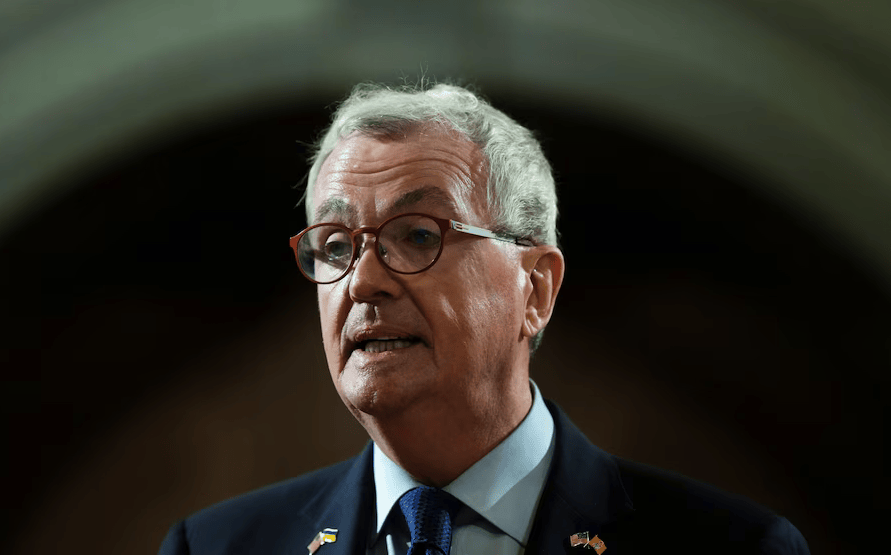New Jersey Governor Pushes for Limits on Nonessential Helicopter Flights After Deadly Crash
Call for Stronger Federal Oversight
New Jersey Governor Phil Murphy has urged federal officials to restrict nonessential helicopter flights across the state following a devastating crash earlier this year. The tragic accident in April claimed six lives when a sightseeing helicopter broke apart in midair and plunged into the Hudson River.
In a letter sent on August 18, Murphy asked the Federal Aviation Administration (FAA) to use its authority to “prohibit or sharply reduce” the number of nonessential helicopters operating in New Jersey skies.
Tragedy Close to Home
The helicopter involved in the April 10 disaster was based at a heliport in Kearny, New Jersey. Just 18 minutes after takeoff, the aircraft disintegrated, crashing into the Hudson River a mere 75 feet from the Jersey City waterfront.
The crash killed the pilot and five passengers, including a family visiting from Barcelona. The incident has reignited long-standing concerns about the risks of sightseeing flights over densely populated areas and their proximity to residential communities.
Governor’s Safety Proposal
Governor Murphy stressed that while this tragedy ended in the river, future accidents could strike land, potentially causing even greater devastation. He has called for stronger regulations modeled on the FAA’s 2023 decision to limit tourist helicopter flights over Hawai‘i Volcanoes National Park.
Murphy suggested rerouting flights departing from Kearny so they travel more frequently over Newark Bay instead of directly above heavily populated areas such as Jersey City and Hoboken. Such changes, he argued, would lessen noise impacts on residents and improve safety by reducing risks to people and property on the ground.
He also recommended restricting nonessential helicopter operating hours, proposing a schedule from 9 a.m. to 7 p.m.
FAA Response and Existing Rules
The FAA acknowledged Murphy’s request and indicated it would engage with him directly. Under federal aviation rules, helicopters are not required to follow the same minimum altitude standards as airplanes, which must fly at least 1,000 feet above obstacles in populated areas. However, they must still operate in ways that do not endanger people or property on the ground.
Industry and Public Concerns
Tourist helicopters have long been a popular, though costly, attraction for visitors hoping to capture aerial views of the Manhattan skyline. Yet, incidents like the April crash continue to raise questions about safety standards and the risks associated with nonessential flights over urban areas.
The National Transportation Safety Board issued a preliminary report in May but has not yet determined the precise cause of the midair breakup. Investigators continue to examine what went wrong.
Renewed Debate on Aerial Tourism
For New Jersey residents living under busy flight paths, the debate is as much about peace of mind as it is about safety. Governor Murphy’s appeal underscores growing concerns that without tighter oversight, the next accident may not end in the water but in the heart of a neighborhood.
